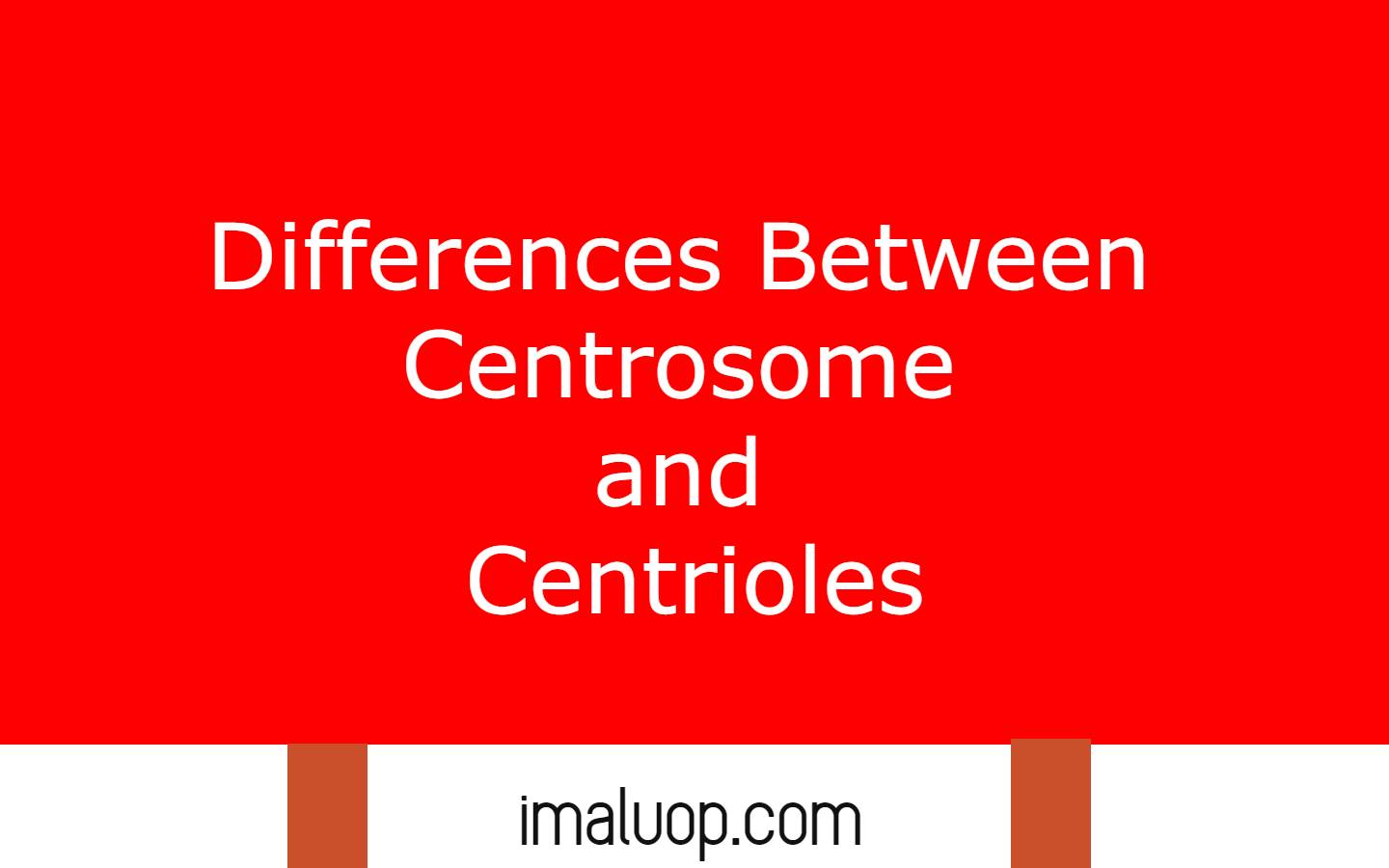Now we are going to discuss about major differences between centrosome and centrioles along with their fundamental similarities but before we discuss more about their differences and similarities we need basic idea about centrioles and centrosome but we already discussed about structure and function of centrioles so now we only give a basic idea about centrosome.
Table of Contents
Basic Introduction About Centrosomes:
In animal cells it is a very important cell organelles for organisations of microtubules inside a cell in which mother centriole and daughter centriole present in right angles to each other and they remain interconnected through fibres.
Centrosomes are self replicating cell organelles and during cell division they also duplicate along with the duplication of DNA during interphase.
During S phase of cell cycle the DNA duplication occurs and this time centrosome also duplicate and after the synthesis phase at the beginning of mitotic phase the newly produced centrosome form microtubules which are arranged in astral ray form and the old centrosome is known as mother centrosomes while the newly produced centromeres is known as daughter centrosome.
Function of Centrosomes:
- Centrosomes are necessary for cell division in animal cells and during the mitotic phase the centrosome takes part in formation of spindle fibres and maintains the number of chromosomes in a dividing cell.
- Microtubules are very important to perform different types of cytoplasmic movement and it helps to maintain the shape of a cell by regulating the appearance of the plasma membrane, do centrosomes have a great role in maintaining the shape of animal cells?
- In motile cells the flagella and cilia are also produced from the microtubules and centrioles form the basal bodies and centrosomes also take part in maintaining the structure of different types of cytoskeleton in a living cell.
Major Differences Between Centrosome and Centrioles:
| Centrosome | Centrioles |
| Centrosomes are special cell organelles which are present near the nuclear membrane and surrounded by pericentriolar matrix and it is microtubules arranging structure in an animal cell. | Centrioles are tubular cylindrical structures made of tubulin protein which is generally found in most of the animal cells and some other plant cells like in case of conifers but absent in flowering plants. |
| Number of centrosomes in dividing cells is one pair and during cell division each daughter cell receives one centrosome and after division each daughter cell has a single centrosome. | In a dividing cell the number of centrioles are two pairs and during the cell division they form spindle fibres and each daughter cell after cell division have one pair of cylindrical shape centrioles. |
| Centrosomes show much variation in their size but they are always larger than the centrioles and their types are also different in different species. | Centrioles also show variation in their size but less as compared to the size of centrosome and they do not show much variation in their types, only two types of centrioles are observed in different cell typical and atypical centrioles. |
| Centrosomes are most frequently observed in animal cells near the nuclear membrane and it has capability of duplication. | Centrioles present in most of the animal cell along with algae cells, cells in conifers near the nucleus as well as at the base of flagellate and cilia as basal bodies. |
| Centrosomes are made of two centrioles present at right angles and during cell division they are two in number. | Centrioles are made of 9 peripheral triplets made of tubulin protein and in dividing cell they are four in number. |

Similarities Between Centrosome and Centrioles:
We know that the centrioles are main components of a centrosome and the both centrosome and centrioles are present in eukaryotic cells especially in animal cells but they absent in flowering plants and both centrosome and centrioles are responsible for even distribution of chromosome during the cell division and help to maintain the chromosome number in a dividing cell.
Hi Everyone!!! Welcome to Imaluop. Imaluop always try to learn some new and he want to share to other people. Here we will try to learn various topics on Science, specially on Biological Sciences.
